12 Ways You Can Get Vitamin D Without The Sun
Author: Christopher Roberts
July 11th, 2018 • 5 min read
Last Updated: August 11th, 2018

Inspiration of the article:
“Fitness is like marriage, you can’t cheat on it and expect it to work.” —Bonnie Pfiester
Vitamin D is naturally present in very few foods, can be added to other foods, and is available as dietary supplements. They are a fat-soluble vitamin that can also be produced when ultraviolet rays from sunlight touch your skin, triggering vitamin D synthesis.
It is very important to get your source of vitamin D as it provides tons of health benefits such as:
- Promotes calcium absorption in the gut
- Prevents hypocalcemic tetany and enables normal mineralization
- Needed for bone growth / bone remodeling
- Prevents rickets in children
- Prevents osteomalacia in adults
- Modulation of cell growth
- Modulation of neuromuscular function
- Modulation of immune function
Without sufficient vitamin D, your bones can become very frail, or thin.
Now that we are reminded why it is important to get a sufficient supply of vitamin D into our systems, here are 10 ways to get vitamin D, without having to rely on the sun:
Beef Liver
Ever heard of beef liver? Although this might not sound like the most tastiest choice of food, it has many kinds of benefits (1).
One 3.5 ounce serving of cooked beef liver contains approximately 50 international units of vitamin D, as well as several other big nutrients. You will also be getting protein, iron, and vitamin A.
Related: Study: Protein Could Be Key to Weight Loss, Muscle Gain
Although beef liver is a healthy choice, you might want to choose an oily fish instead, as beef liver is high in cholesterol.
When Sunlight Is Inadequate
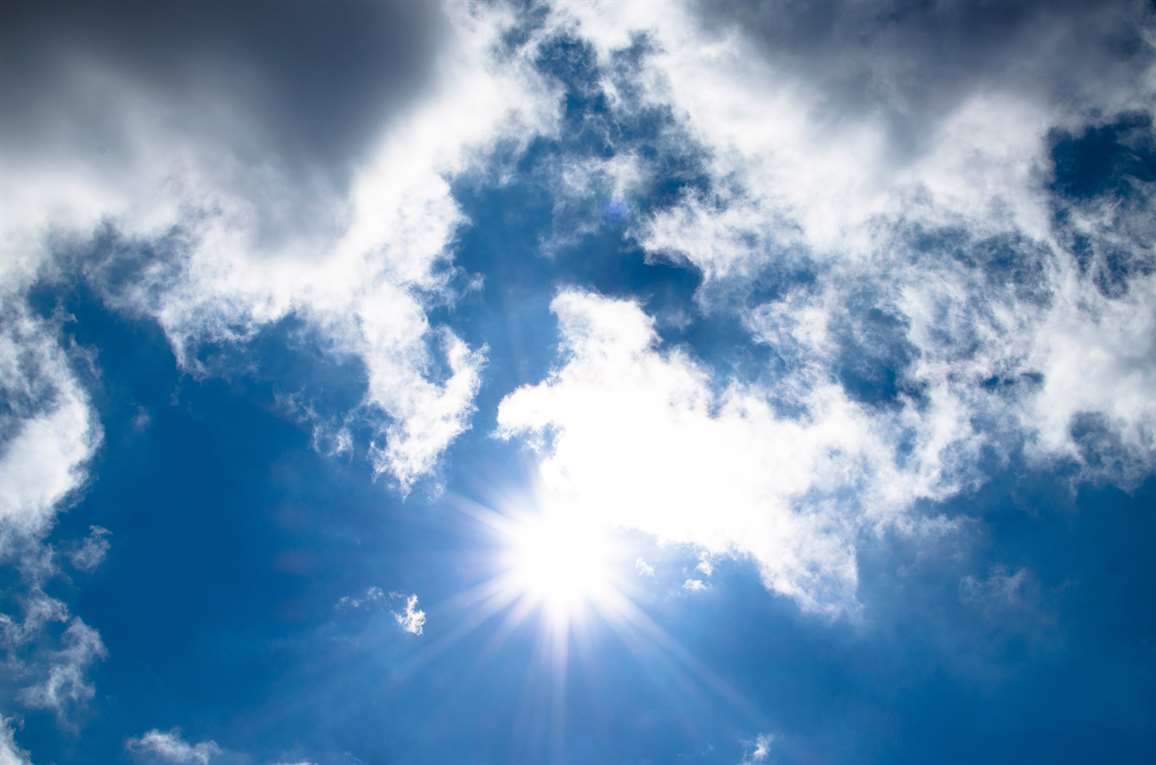
In the summer, your body is able to convert sunlight from just 10 to 15 minutes of daily exposure into an amount more than necessary of vitamin D. From the beginning of October through March, however, that’s not possible in much of North America, when the angle of the sun sinks lower into the southern hemisphere and daylight becomes more inadequate. So you may need to bring your consumption of vitamin D-rich foods up in the winter (even if you’re spending lots of time outside building snowmans).
Related: You Should Only Weigh Yourself At This Time In The Day
The current recommendation is 400-600 international units (IU) per day.
Mushrooms

100g of mushrooms provide some vitamin D, so feel free to toss them everywhere in your food. But for the biggest boost of vitamin D, some growers produce special Portobello mushrooms that have been exposed to a flash of UV light to increase the content of the vitamin.
These mushrooms can contain anywhere from 130–450 IU of vitamin D2 per 3.5 oz (100 grams) (1).
Read: Here's What Happens To Your Body When You Skip Breakfast
Cod
For being a relatively mild-tasting fish, cod has 18% of your daily need for the vitamin in only 6 ounces.
Egg
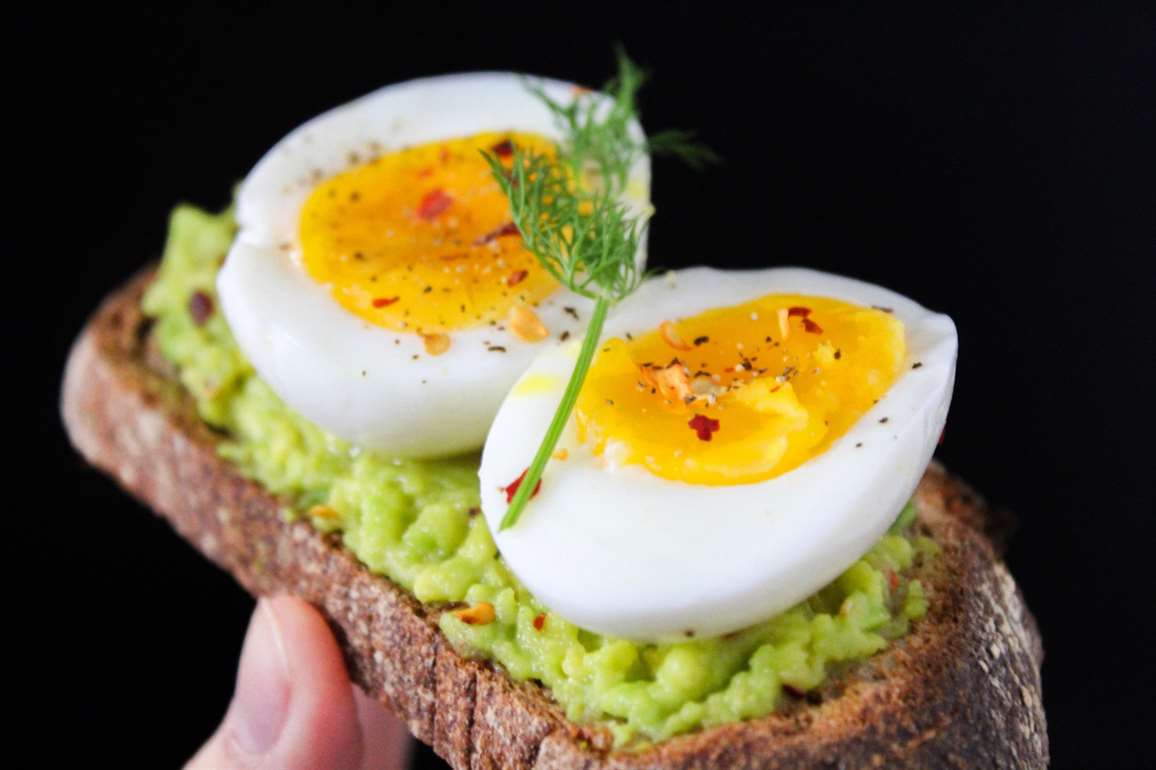
1 large egg has 4% of your daily value, but you have to include the yolk.
Related: 21 Best Fruits For Naturally Fast Weight Loss
Salmon
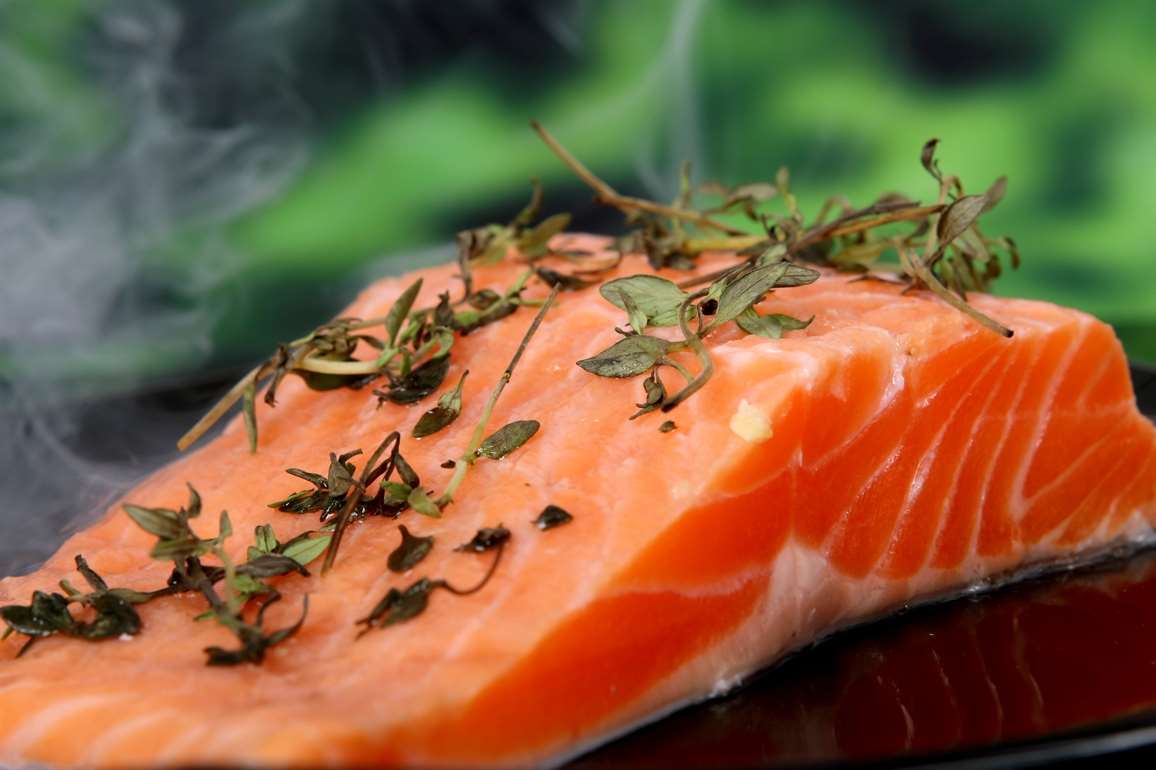
Salmon tops all other foods for naturally occurring vitamin D with over 100 international units per ounce. Read more of the Health Benefits of Salmon.
Canned Salmon
6 ounces of canned salmon has 323% of your daily need.
You can toss this on a salad instead of your average chicken, or try a salmon salad sandwich instead of tuna.
Consider this a more cost-effective way of getting in your weekly salmon.
Oysters
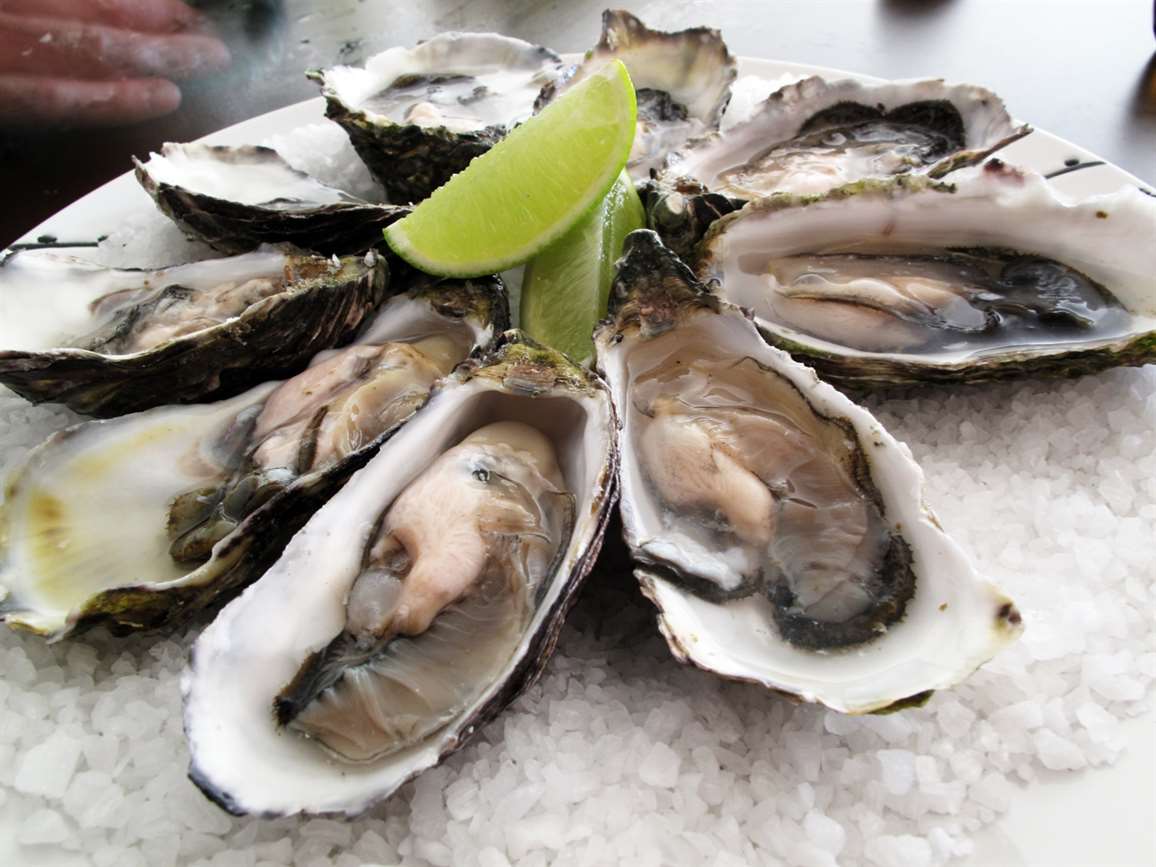
Oysters are a type of clam that has tons of potential to bring more guests to your average barbecue. Not only are they delicious, but they are also low in calories and full of nutrients.
6 oysters have over 60% of your daily need.
Related: 10 Ways You Can Fight Against Food Cravings
Halibut
3 ounces of halibut has 254% of your daily need.
Halibut is a firm white fish that has a mild flavor.
Read: 4 Reasons Quinoa Is Essential For Weight Loss
Shrimp
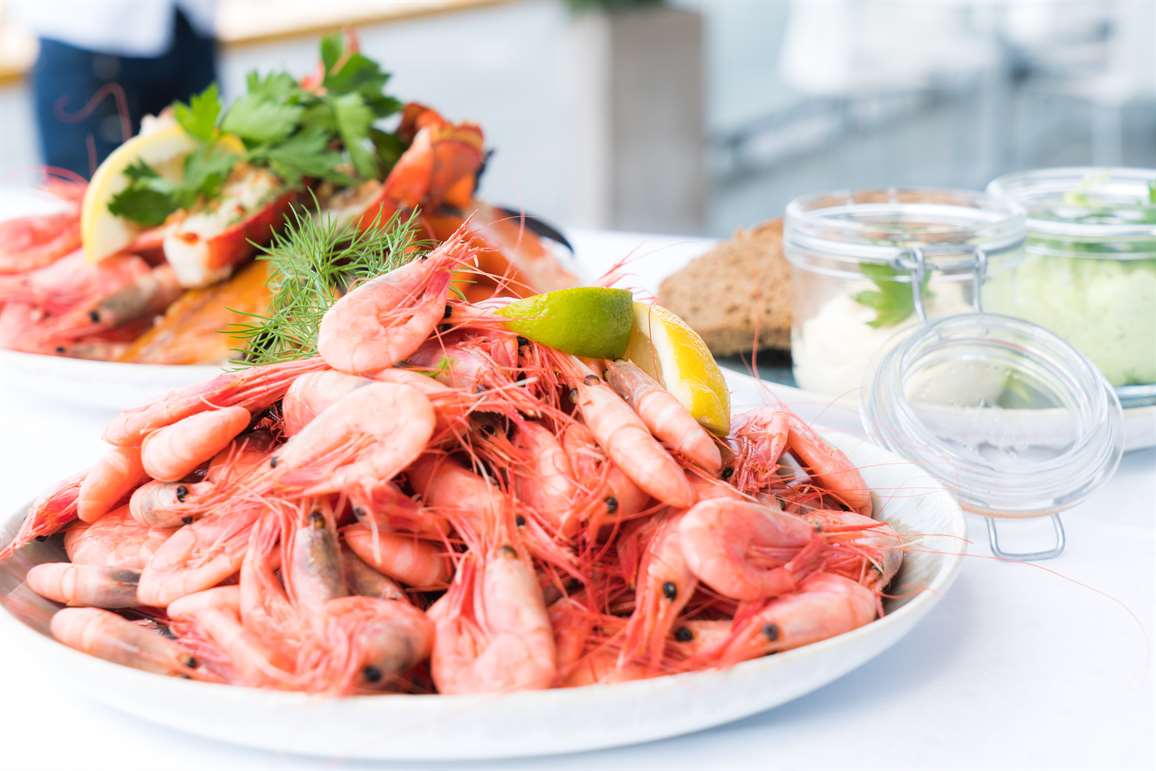
Unlike most other seafood sources of vitamin D, shrimp is very low in fat.
Read: 10 Ways Your Mind Makes You Fat
6 ounces of shrimp has 64% of your daily needs. As we know from Forrest Gump, there are endless ways to enjoy shrimp.
Related: 6 Eating Rules For Faster Weight Loss
They also contain beneficial omega-3 fatty acids, although at lower amounts than many other foods rich in vitamin D.
Cheese
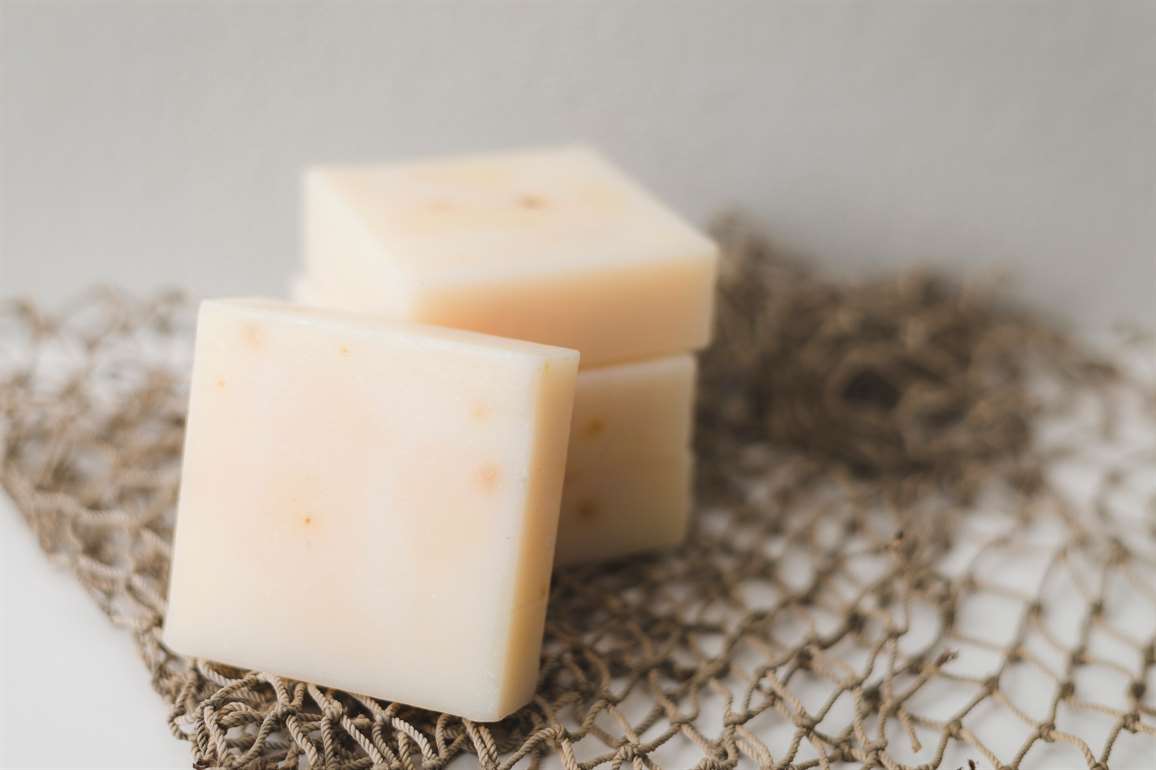
Cheddar – 1 ounce has 1% Parmesan – 1 ounces has 2% Swiss – 1 ounce has 3%
Related: Top 20 Foods Safe For Any Weight Loss Diet
Fortified Products
Fortified milk, tofu, and soy milk are also additional sources of vitamin D.
Read: Is It Possible To Shrink Fat Cells?
Vitamin D may be difficult to get enough of if you dislike fish or don’t eat it frequently enough.
Get your levels checked from a doctor and discuss supplementation options with them.
Enjoyed the read?
Change Your Life With Us
healthfulinspired.comFind Inspiration
WEIGHT LOSS STORIESStay Physically Confident
WORKOUTS CURATED FOR WEIGHT LOSSNever Fall Behind
WEIGHT LOSS ARTICLES, CONTENT AND TIPSSubscribe
Become a subscriber today to start receiving newsletters of the latest, best trending health content delivered straight to your inbox. (You only need to enter your email)
Amazon Associates Disclosure
We are a participant in the Amazon Services LLC Associates Program, an affiliate advertising program designed to provide a means for us to earn fees by advertising linking to Amazon.com and affiliated sites.